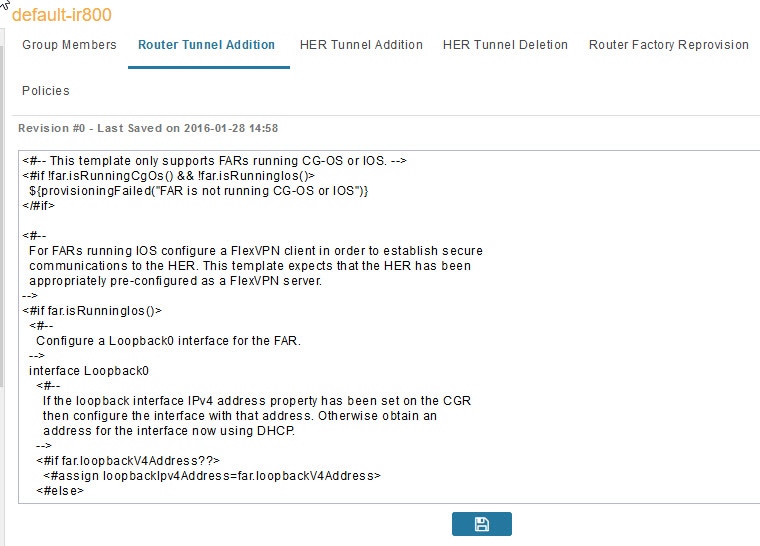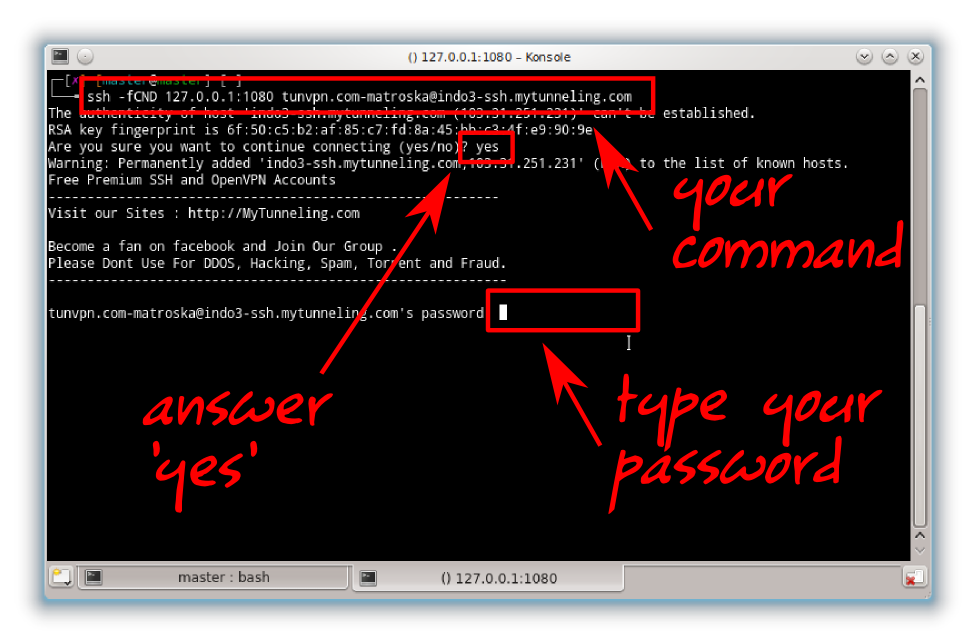

SSH TUNNEL IOT DOWNLOAD
Download the latest EMS onto a separate machine.This EMS will be on a totally separate device (an Ubuntu machine), while my ThingWorx server is on my local machine. Modify the Public host name used for tunnels field and the Public port used for tunnels field to the host and port of your ThingWorx serverįor this example I'm going to keep it simple and set up an EMS (Edge MicroServer) instead of an SDK.Click on the Configuration option on the left.Navigate back to Home and look for the TunnelSubsystem under the Subsystems page.

The # of Connections and Protocol can remain their default values unless you have a reason to change them.Here is a link to a further explanation on what the App URI is for: ThingWorx Tunneling App URI's.The App URI can be cleared out because we do not need to reference that file.This is typically 5900, but my vnc server is running on port 5901 for this example.The Port value should be the Port that the server is listening on.In my example they are on the same device.The Host will remain 127.0.0.1 because this is from the perspective of where the vnc server is to the remote device.The Tunnel Name is used to identify what tunnel to use in the RemoteAccess Widget you will bind to the tunnel.Go to the Configuration section under Entity Information on the right and click on the Add My Tunnel button.

In the newly created Thing, on the General Information page, click on the drop-down menu next to Enable Tunneling and select Override - Enabled.Either ThingTemplate will work, the only difference is if you want to use any native file transfer capabilities that are provided by ThingWorx.Create a RemoteThingWithTunnels or RemoteThingWithTunnelsAndFileTransfer Thing for the remote device to bind to.Create an ApplicationKey entity on the ThingWorx server so that the EMS or SDK you are using can authenticate with the platform.Tunneling from the ThingWorx platform to an Edge Device can be easily done with a few preparation steps on the platform side: Setting up the ThingWorx Server RemoteThing, ApplicationKey, and TunnelSubsystem


 0 kommentar(er)
0 kommentar(er)
